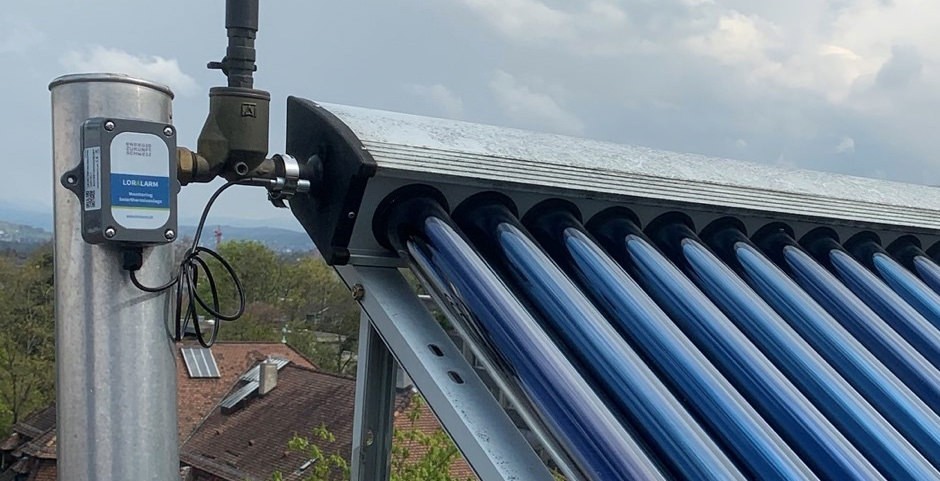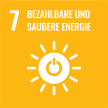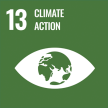
In 2021, Swisscom presented the IoT Climate Award for the second time. The award recognises companies that develop new IoT technologies aimed at protecting the environment. Third place this year was awarded to Energie Zukunft Schweiz for its innovative, IoT-based remote monitoring system, Loralarm, which identifies faults in solar thermal systems in real time and sends alerts to the system operator. Faults can therefore be resolved immediately and the system as a whole made more efficient. Loralarm also reduces the use of fossil fuels as an emergency measure that kicks in when systems break down or when heating output is reduced. The jury particularly praised the system’s simple operation, low price and high impact on climate protection.
A competence centre to speed up the energy revolution
Energie Zukunft Schweiz (EZS) was founded in 2006 as an association between WWF Schweiz and nine Swiss energy suppliers. With the objective of speeding up the energy revolution in Switzerland, EZS advises energy suppliers, companies, public institutions and private individuals on planning, implementing and financing projects related to renewable energy and energy efficiency.
Fully exploiting available potential
After analysing a random selection of solar thermal systems, EZS employees realised that these systems had a relatively high error rate: 17% of those installed in Switzerland malfunction and either fail to provide the correct heating, sometimes for weeks on end, or stop working altogether. Unlike PV systems, solar thermal systems are not fitted with a monitoring system as standard. This means that errors are only detected when routine checks are carried out and often go unnoticed for long periods. Moreover, when these systems break down, they are often automatically replaced by a fossil-fuel emergency heating system.
A simple, smart solution
Using IoT technology, EZS therefore developed its remote monitoring system, Loralarm. The system comprises a battery-operated radio unit based on low power network technology (LoRaWAN) and a temperature sensor that can easily be mounted on a plug-and-play basis on solar thermal equipment and, in the near future, on heat pumps and ventilation units. Loralarm recognises temperature patterns and can therefore tell if, for example, a solar thermal pump is running at night and heating the roof. If it spots any irregularities or faults, it informs the operator automatically.
Stefan Liechti, EZS’s innovation team leader, explains that thermography-based solutions had been tested first, but had been found to be far less effective than IoT technology. With IoT, key values are constantly measured, sent to the monitoring portal via the Internet and analysed using algorithms. “Using the monitoring data, the operator can see from the warning message what kind of fault has occurred and can visit the site fully prepared if absolutely necessary. The system therefore always runs at maximum capacity and at lower cost,” says Stefan Liechti.
Climate-related technology
On average, each Loralarm device saves 3 tonnes of CO2 emissions per year. EZS estimates that Loralarm can generate a total of 30 GWh of energy savings in Switzerland. The equivalent reduction of 8,500 tonnes of CO2 per year has the same effect as replacing 2,000 oil-fired heating systems with renewable alternatives.
Exploiting potential with IoT
Stefan Liechti believes that using IoT in building technology has enormous potential. Renewable heating systems are growing in popularity and it is now completely normal for new buildings to be fitted with renewable systems. IoT can play a major role in ensuring the full potential of installed capacities can be exploited. EZS has been developing Loralarm in order to make it compatible with other heating and ventilation systems. Since IoT technology is still relatively new, there remains a shortage of market-ready devices and those that do exist are not very well known. But Stefan Liechti is confident: “Monitoring systems will soon come as standard with solar thermal systems and heat pumps too!”
Latest news about Swisscom
Subscribe to News
Contact us
Address
Swisscom
Media Relations
Alte Tiefenaustrasse 6
3048 Worblaufen
Postal address:
Postfach, CH-3050 Bern
Switzerland
Contact
Tel. +41 58 221 98 04
media@swisscom.com
Other contacts
Contributing to sustainability

SDG 7: reduced energy consumption to make buildings more energy-efficient.

SDG 11: more sustainable building management, enhanced well-being.

SDG 13: lower CO2 emissions thanks to reduced use of fossil fuels.
